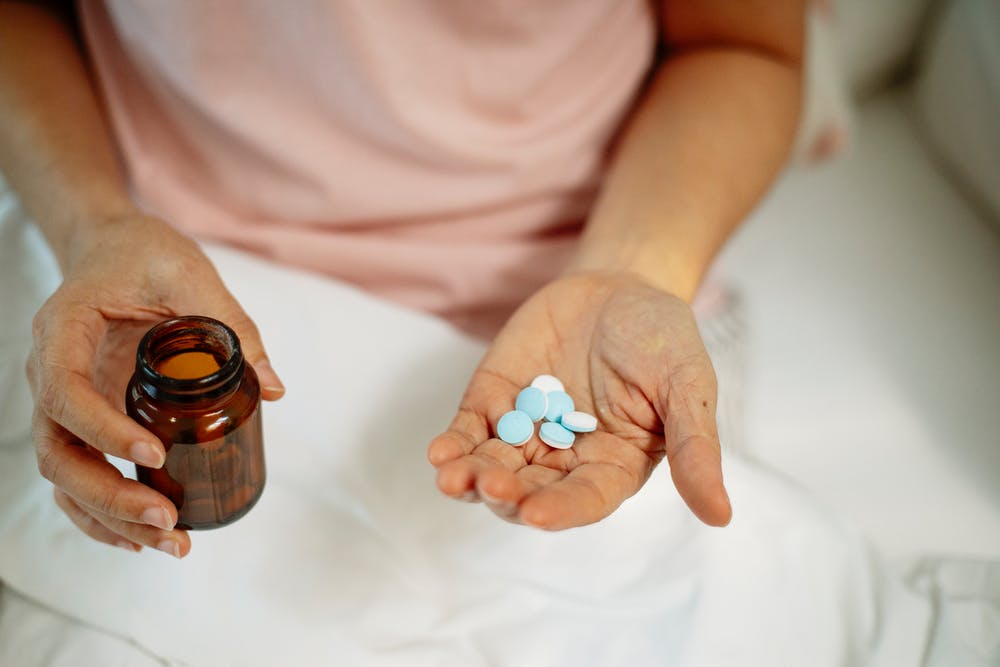News
Taking COVID pills at home sounds great. But we need to use them wisely or risk drug resistance and new variants

GPs can now prescribe antiviral pills for some of their vulnerable COVID-19 patients to take at home. More patients are expected to have access in coming weeks and months.
These drugs are given to people at greater risk of severe disease at the start of their infection, to stop them getting so sick they need to go to hospital. So they are an important next step in our fight against the pandemic. But we should look at these antivirals as another option to manage COVID-19, not a silver bullet.
These pills aren’t suitable for everyone, especially pregnant women, and need to be taken very soon after diagnosis. Not everyone benefits. Then there’s the theoretical risk they could help lead to more viral variants.
Remind me, what are antiviral drugs?
Viruses cannot reproduce unless they invade a host cell, hijack its machinery and use it to replicate and spread to the next cell.
Antiviral drugs sabotage part of this process. They either prevent the virus from entering the cell, prevent it from replicating or stop it being released.
Unlike earlier COVID-19 antiviral drugs, such as remdesivir, these new antiviral pills will be taken at home. This makes them easier to use, potentially preventing people with COVID-19 deteriorating and needing to go to hospital.
These pills have also been designed specifically to target SARS-CoV-2, the virus that causes COVID-19, including the Omicron variant.
Merck’s pill
One of the newly approved antivirals is molnupiravir (brand name Lagevrio). This causes fatal mutations in the virus as it tries to replicate.
In a recently published study, researchers treated 1,433 people within five days of symptoms and a COVID-19 diagnosis. Half took molnupiravir, the other half placebo, for five days.
All had at least one risk factor for severe COVID-19, such as diabetes, obesity, or serious heart, lung or kidney disease. None had been vaccinated.
In the molnupiravir group, 7.3% were admitted to hospital or died from any cause in the following month compared with 14.1% who took the placebo. That’s a 48% risk reduction when you compare the two. You would need to treat 15 people with the drug to prevent one hospitalisation or death. There were no serious side effects.
But we need to exercise caution. Molnupiravir damages the viral genes, causing mutations so the virus cannot replicate. So it also has the potential to damage human genes, especially in susceptible cells that are dividing, such as foetal cells. At least, that’s what laboratory studies show.
This means molnupiravir can’t be used in pregnancy or by breastfeeding mothers and it is recommended women of childbearing age use contraception while taking it. It theoretically could also cause mutations that, under rare circumstances, could lead to health issues in the mother and foetus.
There is also a theoretical risk mutations in the viral genome could lead to new viral variants resistant to the medication, or that can evade our immune response.
Molnupiravir is only used for a short time and this should be safe.
But concerns about inducing new viral variants or viral resistance limit its use in immunosuppressed people, who may need longer treatment courses, or in vulnerable people who have been exposed to the virus but do not yet show signs of infection.
Pfizer’s treatment
The other newly approved agent is a combination of two drugs – nirmatrelvir and ritonavir – called Paxlovid.
Nirmatrelvir blocks the action of an enzyme the virus uses to replicate while ritonavir (which is also used in an HIV drug) boosts the levels of nirmatrelvir to maintain its effectiveness.
Trial results for this agent have only just been published. The trial involved 2,246 unvaccinated people with at least one risk factor for severe COVID-19. Within five days of diagnosis, they were treated with either the drug or placebo.
Treatment resulted in an 89% reduction in COVID-19-related hospitalisations, or deaths from any cause, compared to placebo, in people treated within three days of symptoms starting. You would need to treat 16 people to prevent one hospitalisation or death. There were no serious adverse events.
This treatment is also not recommended in people who are pregnant or breastfeeding.
It can interact with many other medicines. And as it’s removed from the body by the liver and kidneys, it is not suitable for people with serious liver or kidney disease.
Who will get them?
A word of caution. These antiviral drugs have only been assessed in unvaccinated people. So we’re not really sure how effective these agents will be if you’re vaccinated. With high levels of vaccination in Australia, including our most vulnerable populations, this may be an issue.
Initially, there is likely to be constraints on their supply and they will be prioritised for those most at risk of severe COVID-19.
For the vulnerable people we are most concerned about – such as people in residential aged care and with serious health problems – these antivirals may be too little too late.
That’s because by the time some people have become infected and develop symptoms, their immune response to infection causes severe disease. So elderly people may not get the same benefit as younger people from these antiviral agents.
We need to use them wisely
This new generation of antivirals is not a replacement for vaccination, masks or improved indoor ventilation. These measures prevent people from being infected in the first place.
If we use these antivirals unwisely, they will have side effects and may lead to the virus becoming resistant, just as we see with bacteria becoming resistant to antibiotics.
This article is republished from The Conversation under a Creative Commons license. Read the original article.





















